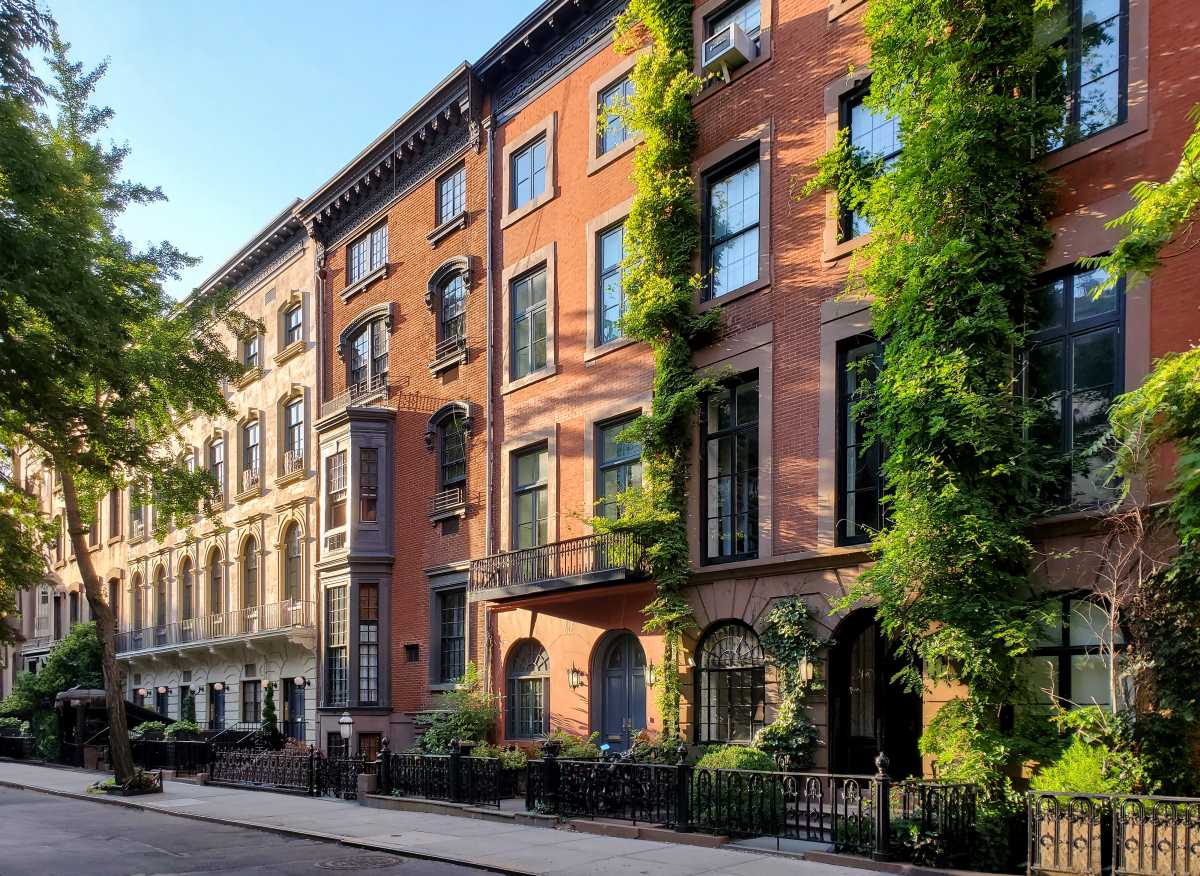Seeing the light
More than half a year after Hurricane Sandy’s surge deluged Hudson River Park, the park’s Village section is finally poised to get its electricity restored, so its lights can be turned back on. This will allow this park section and its three piers to remain open once again after dusk and until the 1 a.m. curfew. The power was back in the Village section briefly last week, but a brownout knocked it out again.
As Madelyn Wils, the Hudson River Park’s president, explained, the task of restoring power has been daunting.
At Pier 40, the Trust is using a temporary transformer to replace the one Sandy ruined. This interim equipment, in turn, will be replaced by a permanent one in about three weeks. It’s just one of numerous transformers in the park.
In addition, the Trust will raise the new Pier 40 transformer, and has been raising all the park’s electrical plates and panels, outlet plugs and the like, above the flood plain. Where this can’t be done, the infrastructure is being encased in waterproof boxes. This all takes time, Wils said.
The park suffered $20 million in damage from the storm, according to the Trust president. She said the Trust reached out for post-Sandy recovery funds, deciding, as she put it, to “be our own master” and make its own applications for FEMA money, as opposed to going through the city or state. This way is faster, Wils said.
We told Wils the park’s Chelsea section actually had its lights on Tuesday evening, yet was closed at 11:30 p.m. when we went by. She said she’d make a call about it right away.
In short, getting the park’s power has been a difficult work in progress. But now that the warm weather is here, the timing couldn’t be better to reopen the park once again in the evenings. Fortunately, the time the park was closed evenings was mostly off season, so to speak.
Sandy was a disaster, but the one consolation is the park will be far better equipped to handle future storm surges. It will be wonderful to have it back open in the evenings.
After the rollout…
The app doesn’t work, there are problems at the racks, the bikes are heavy…etc., etc., etc. Despite the (predictable) glitches, it was inspiring to see riders out Memorial Day giving the new bike-share cycles a spin.
It may take awhile before we know if the bike-share program turns out to be a good idea, but we can say right now with confidence that it is an experiment well worth making.
Mayor Bloomberg and his bike-loving Transportation commissioner, Janette Sadik-Khan, deserve credit for ignoring the risks and making Citi Bike happen.
Bike-share has the potential to make the city a much more livable place — particularly for younger New Yorkers crammed into apartments without room for a bicycle, and without a lower-cost way to get to work.
Lower Manhattan, with its poor east-west public transportation connections, is also a probable beneficiary.
We do sympathize with the complaints about particular bike rack locations. In many cases, they were placed with far too little community consultation. We are pleased to see a few adjustments have already been made.
But we’re going to try and keep our eyes on the road ahead, understanding we may have to backtrack once or twice to keep going in the right direction. Real change is not made overnight.































